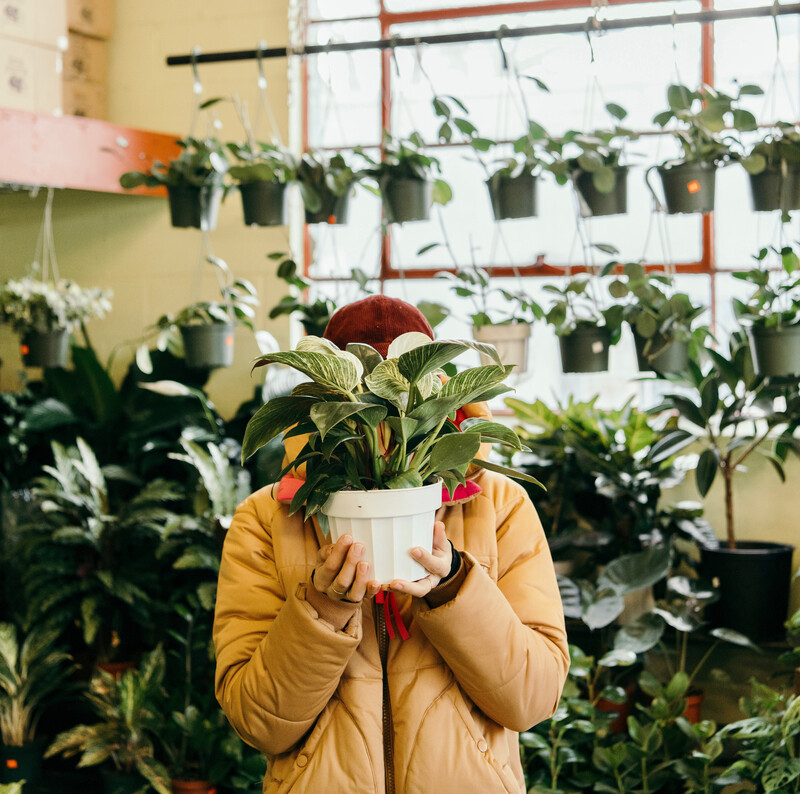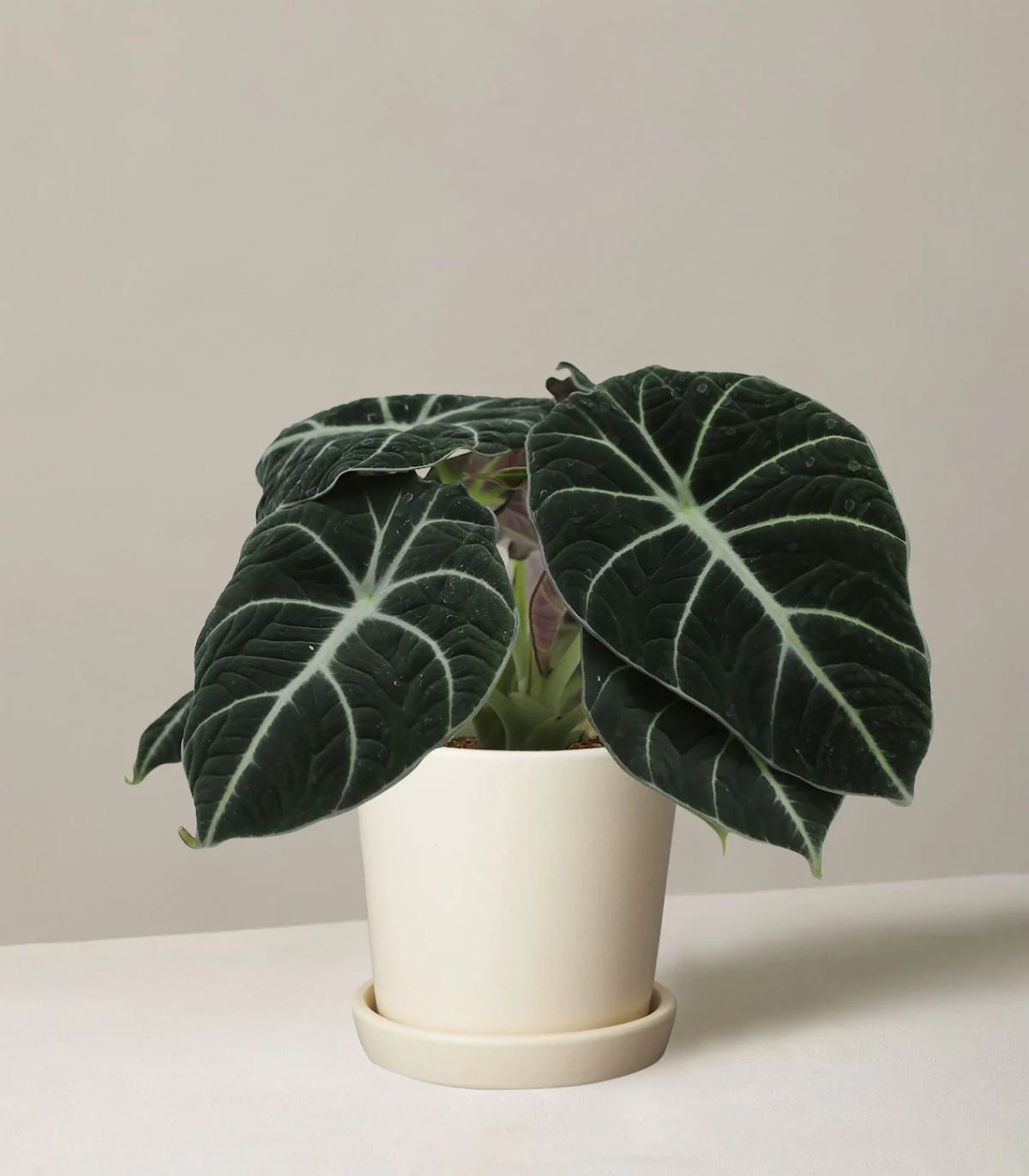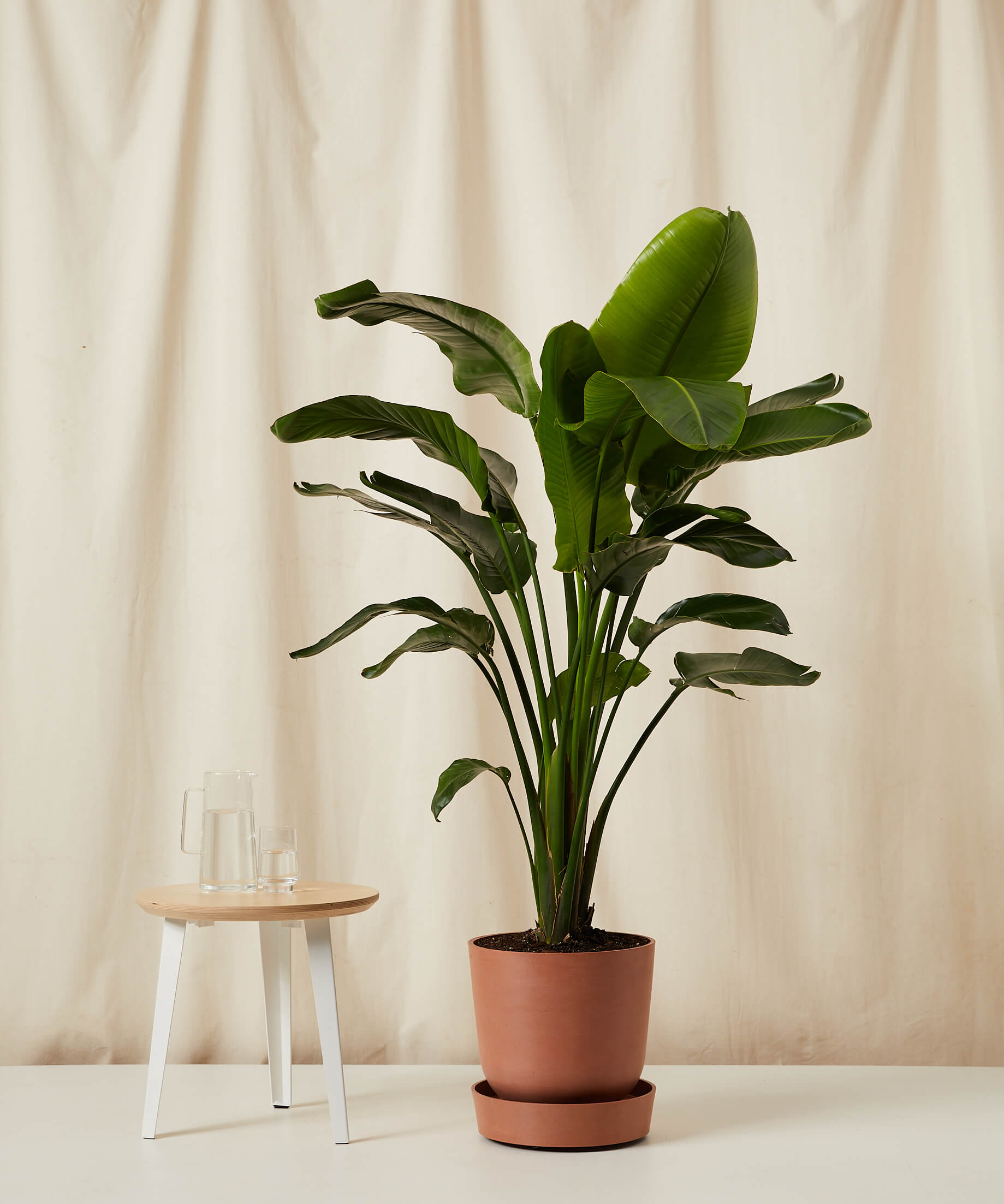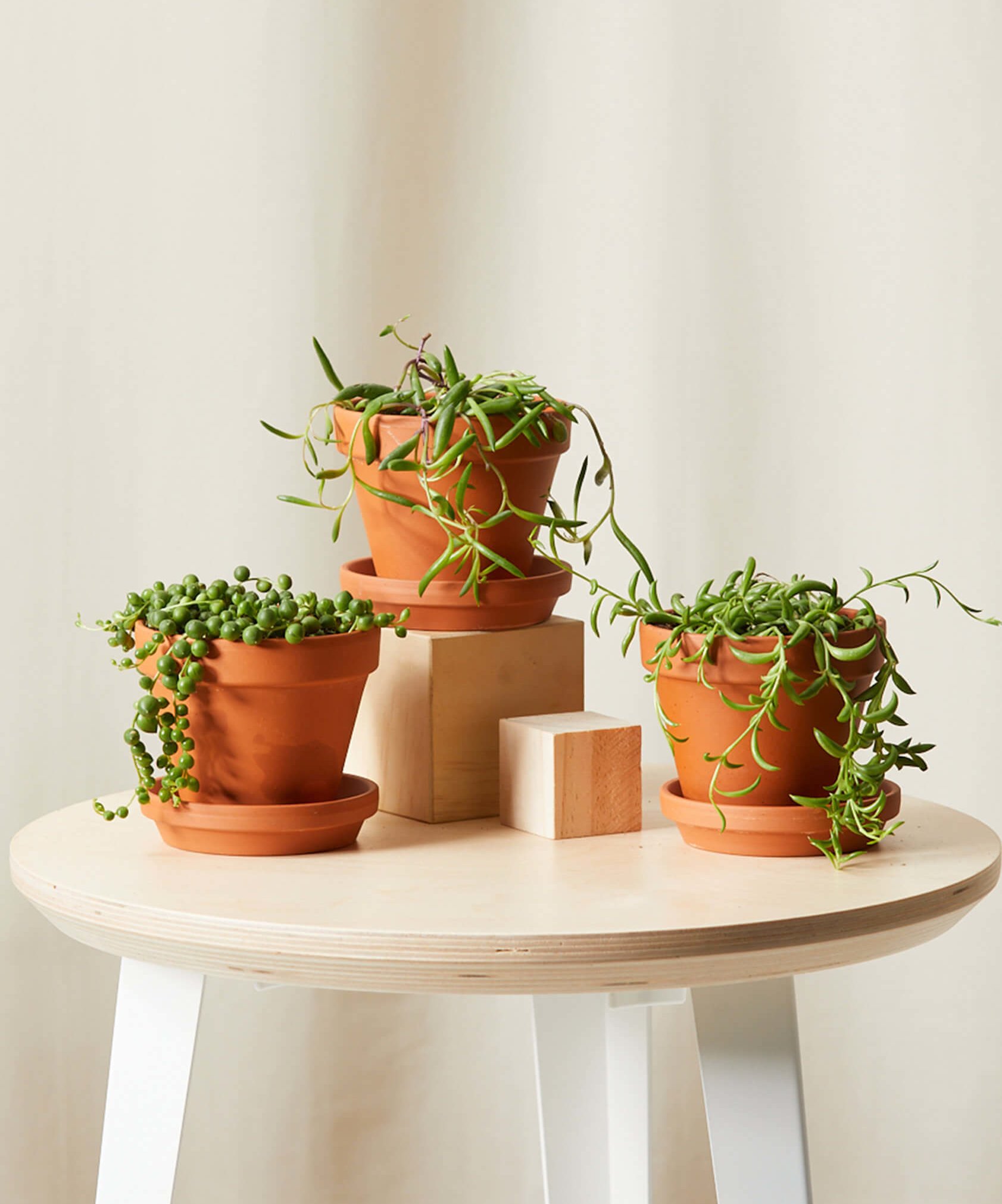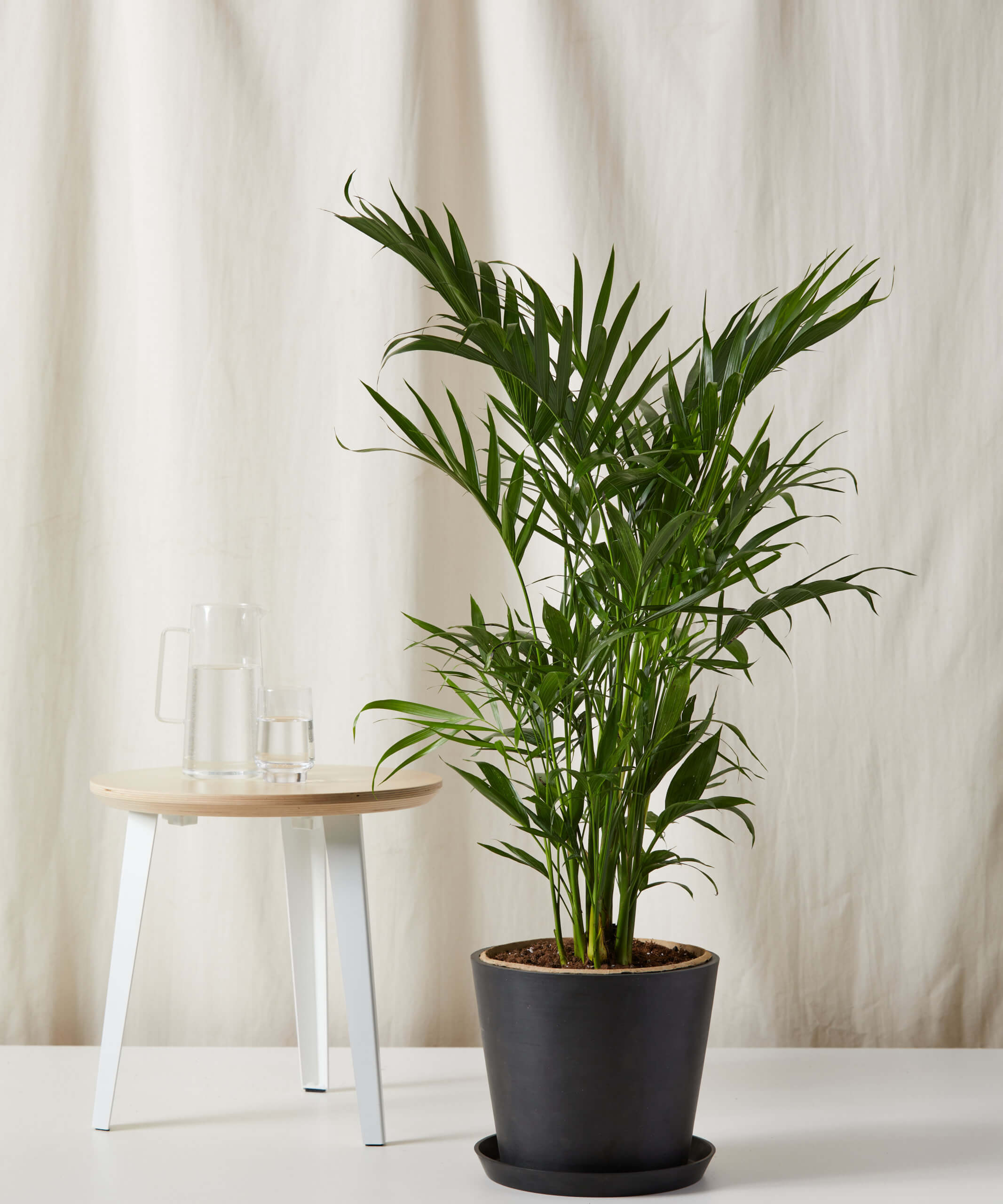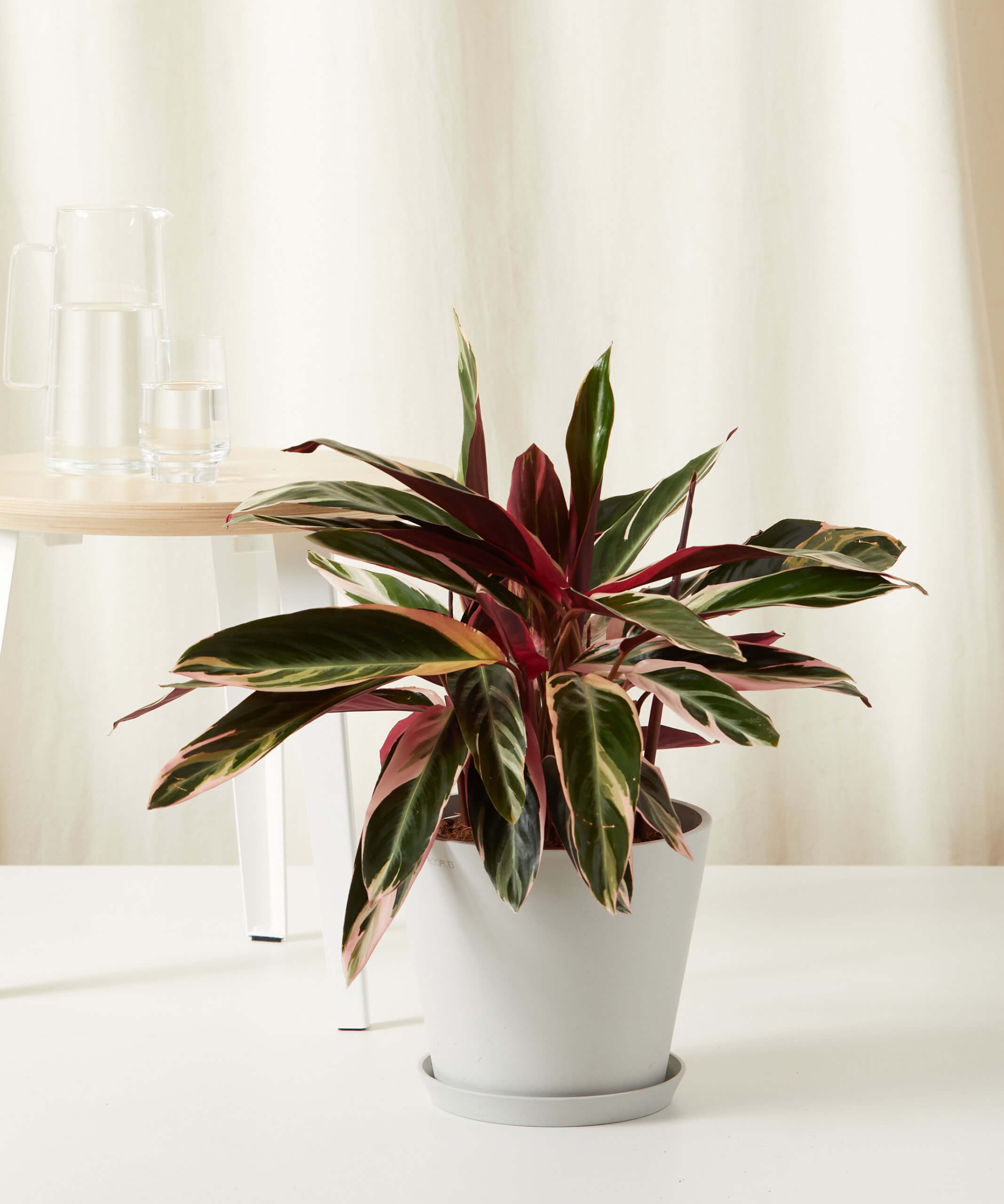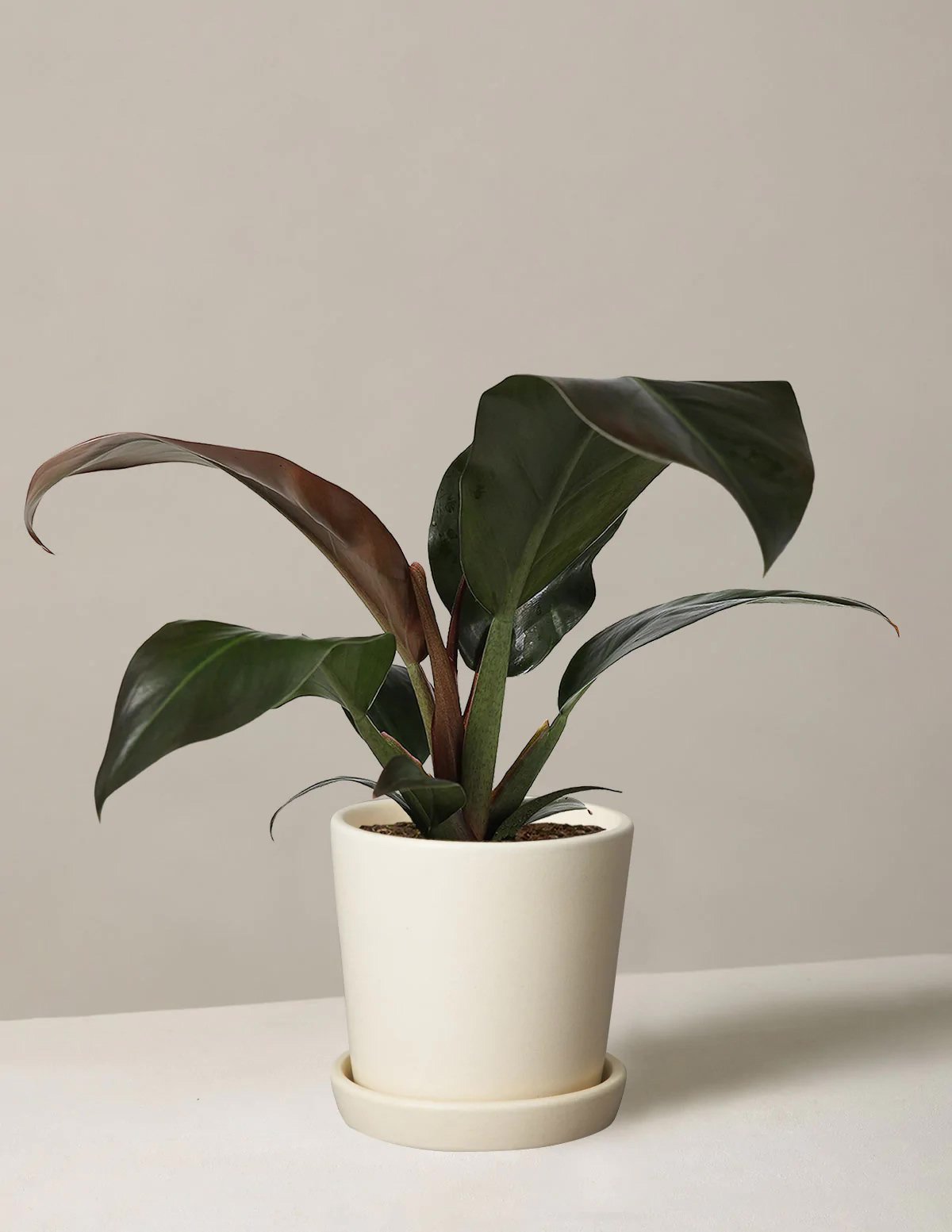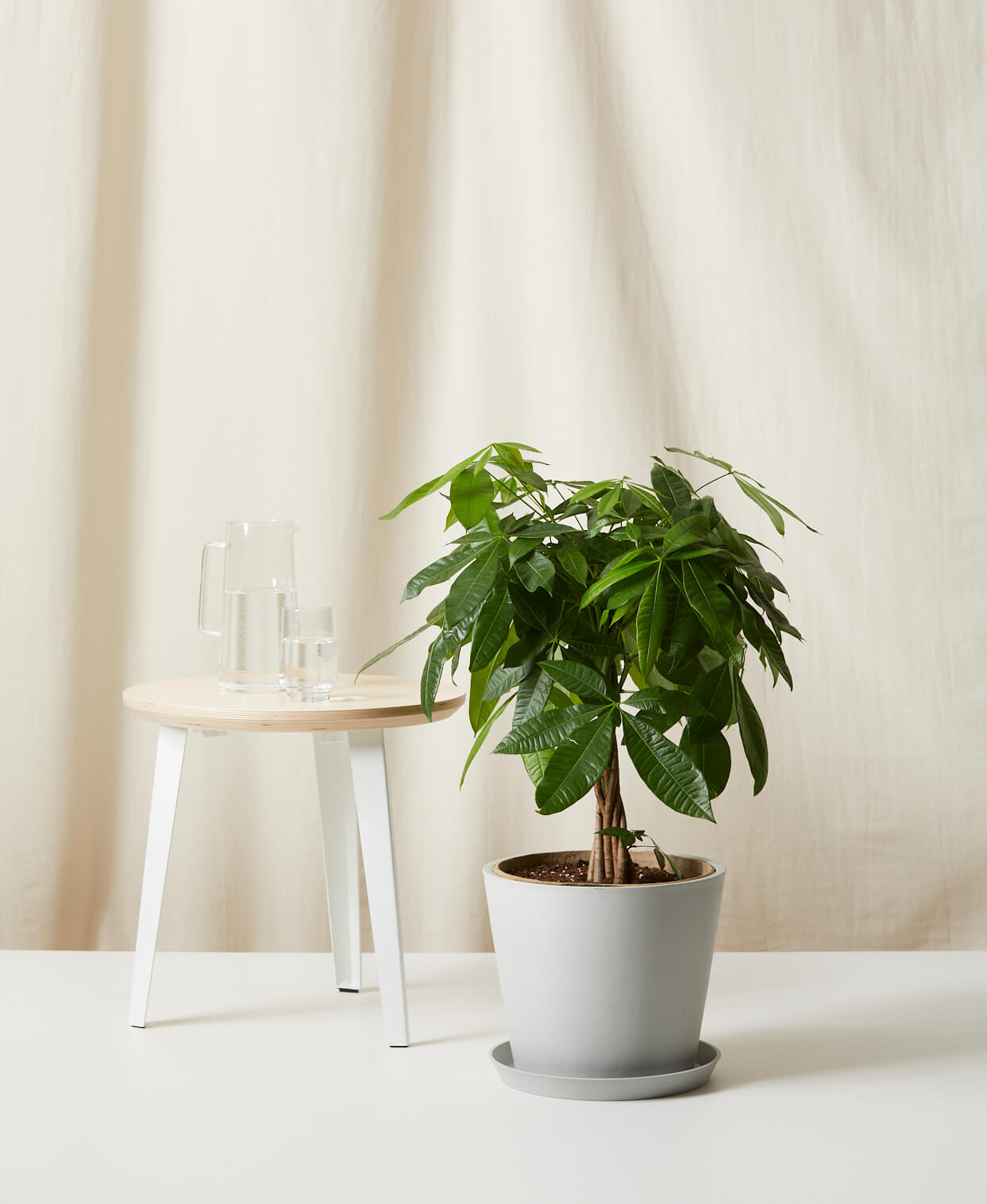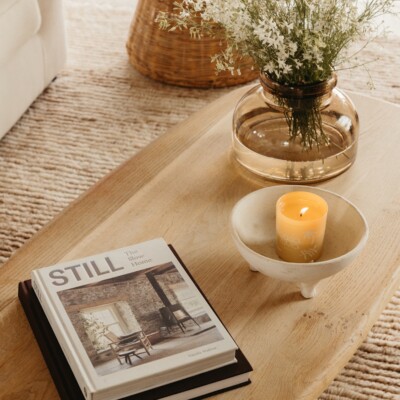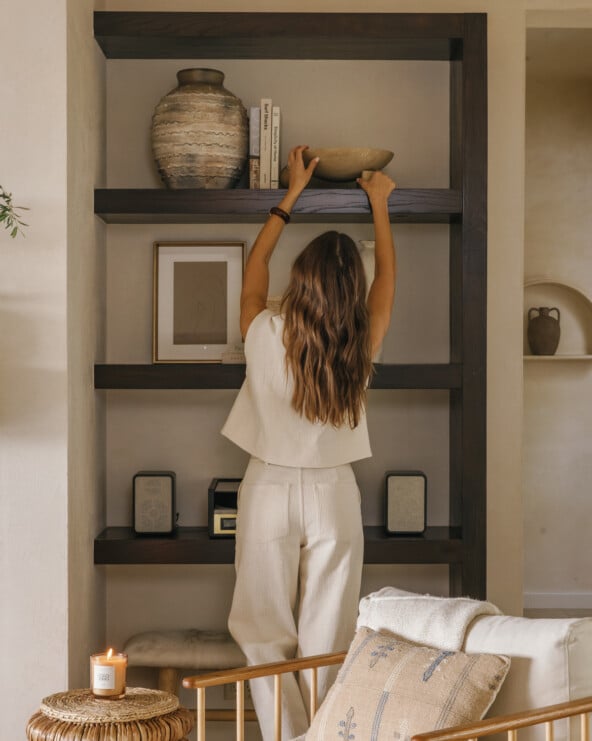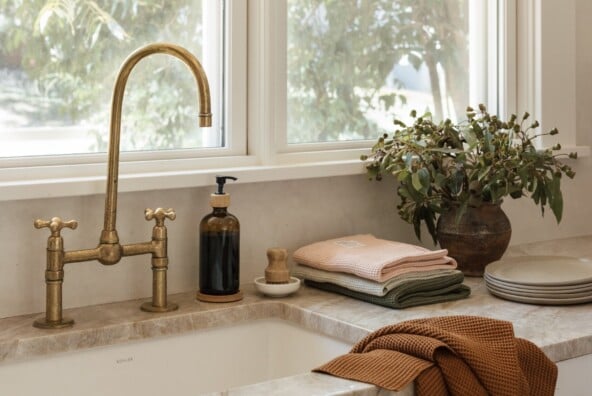Is your fiddle leaf fig feeling a bit… basic? Is the Monstera in the corner slowly transforming into the visual equivalent of white noise? Pothos looking too Pinterest-y? Fret not, houseplant devotees. We’ve tapped a couple of greenery experts to read the tea leaves (or, just, the leaves) and share the 2023 indoor plant trends to help keep things cutting edge.
Ahead, discover the seven plant names and style trends to know in 2023, along with detailed lists of each plant’s wants and needs—so you can find your perfect verdant match.
Feature image by Michelle Nash.

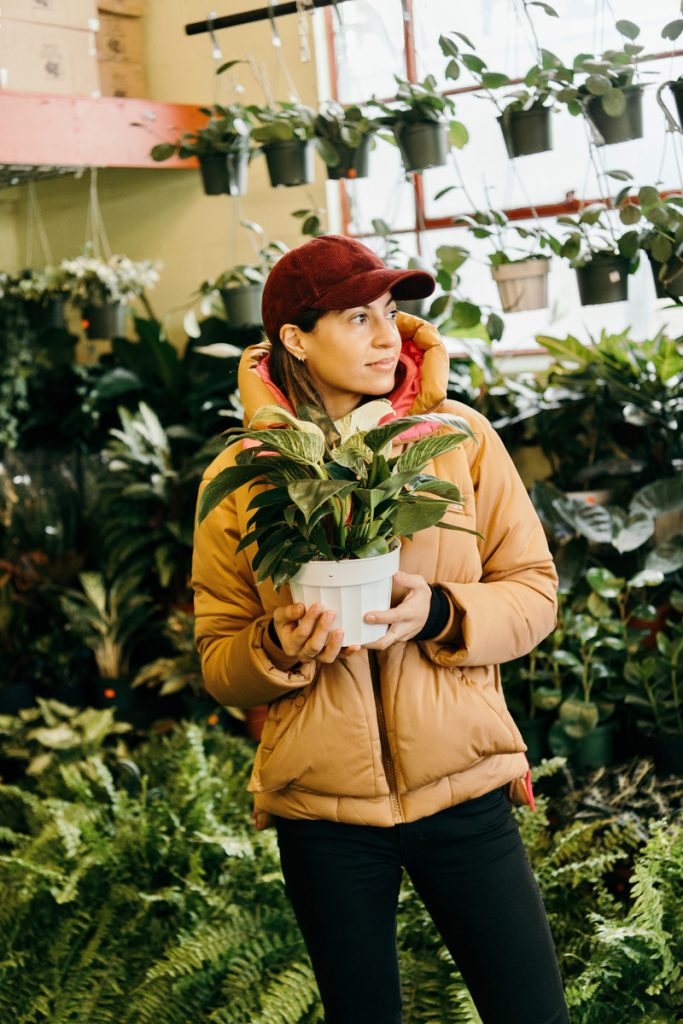
The Top 2023 Indoor Plant Trends To Know
The Low-Light Trend: Alocasia Black Velvet
“The velvet black leaves are stunning—and indicative that this no-fuss plant doesn’t need much light.” — Erin Marino. Editorial Director at The Sill.
Light Requirement: Alocasia plants are happiest in medium to bright indirect light. Keep them away from harsh direct sun and even low light.
Watering Needs: Give them fresh water every one to two weeks (less in cooler temps, more in warmer), allowing the potting mix to dry out halfway down between waterings. This plant can benefit from extra humidity—consider adding a humidifier or pebble tray if the air in your home is dry.
Pro Plant Care Tips: Alocasia can be sensitive to hard tap water. Leaving it out overnight before watering your plant can help. If leaves begin to droop or curl, the plant likely needs more water.

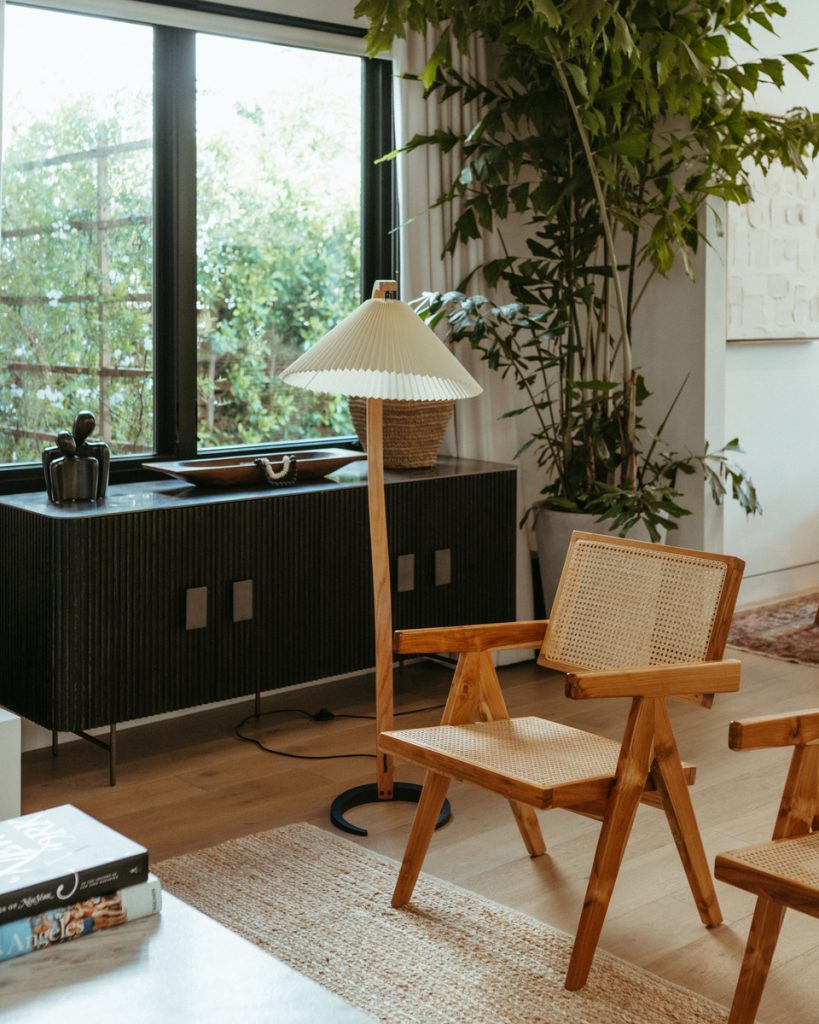
The Living Artwork Trend: Bird of Paradise Tree
“Houseplants are quickly becoming a permanent staple in interior design, and what better way to make a statement than a tree-like indoor plant? Coming in at six feet or taller, oversized plants better fit the proportions of high ceilings, and thanks to their size they stand alone as living artwork.” — Bloomscape gardening expert, Lindsay Pangborn
Light Requirement: Birds of Paradise prefer bright light (both directly and indirectly) but flourishes most in a sunny spot. Generally speaking, placement close to a north- or east-facing window—or a few feet back from a south- or west-facing window—is best.
Watering Needs: When the soil is about 50% dry, water until the water drips through the pot’s drainage holes. Remove any excess water from the saucer.
Pro Plant Care Tips: These living interior design trends tend to be established and mature, making them more resilient under stress and easy to care for.

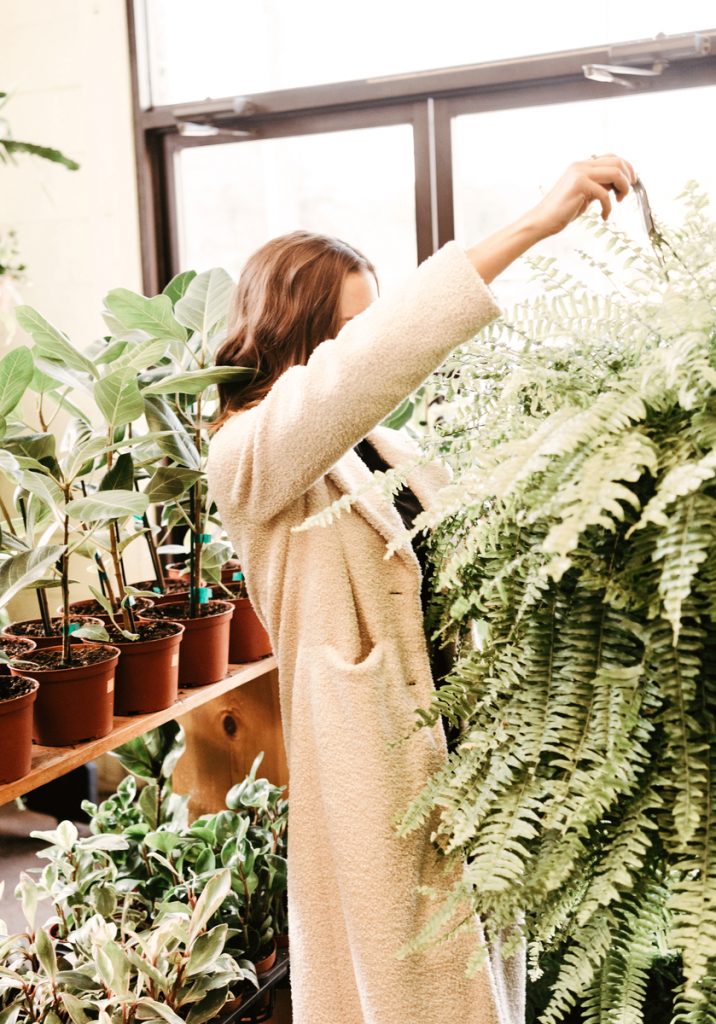
The Tabletopper Trend: Strings of Succulents
“The natural placement for homes new to houseplants tends to be concentrated around the corners and edges of rooms. This is where windows are and the light tends to be the brightest, after all! As those spaces fill, plant parents will gravitate toward collections of smaller, low-growing plants that can add life to the center of a room.” — Bloomscape gardening expert, Lindsay Pangborn
Light Requirement: All three of the plants—the String of Pearls, Bananas, and Pickles—thrive in direct sunlight (and may not survive at all without it).
Watering Needs: Allow the soil of all three to completely dry out before watering. Water them all until it drips through the pot’s drainage holes, then pour out whatever water is left in the saucer.
Pro Plant Care Tips: Arrange your plant collection on a pretty tray to make it easier to carry them to the sink for waterings.
String of Succulents Collection

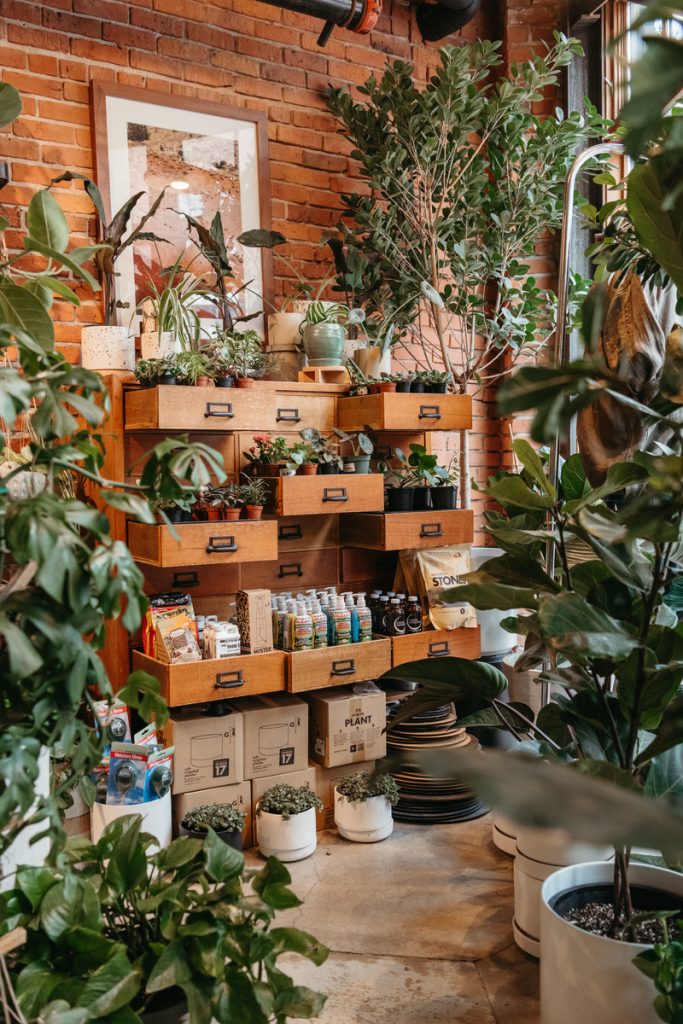
The Indoor/Outdoor Plant Trend: Cat Palm
“As the price of living rises, we’ll see plant parents choosing to invest in plants that can transition to many areas of their home—including the outdoors. Tough plants that can survive big temperature swings and thrive under different light levels make the best choice for indoor-outdoor plants. It only makes sense to place your plants where you spend the most time, which tends to be outdoor patios and balconies in the summer, and cozy indoor spaces in the winter.” — Bloomscape gardening expert, Lindsay Pangborn
Light Requirement: Bright, indirect light is the prescription for the lush Cat Palm.
Watering Needs: When about 50% of the soil is dry, water until it flows freely into the saucer.
Pro Plant Care Tips: Use room temperature water with high salt content. Avoid putting it too close to a window or air conditioning vent.

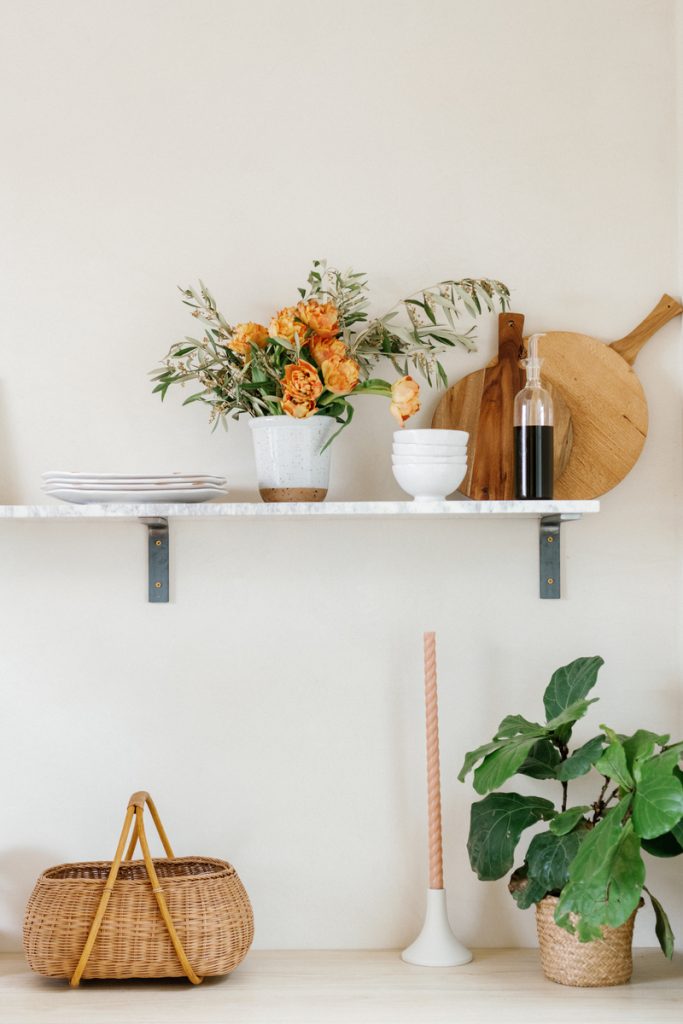
The Dramatic Foliage Trend: Stromanthe Triostar
“Variegated and dark-foliage plants tend to tolerate slightly lower light than their all-green counterparts, meaning they’re more adaptable to different spaces within your home. Try placing a dramatically dark plant against a clean white wall, or pair your bright foliage with its complementary color to really help it pop.” — Bloomscape gardening expert, Lindsay Pangborn
Light Requirement: Bright, indirect light works best for Triostars. The plant can tolerate low light (though its colorful leaves may fade), but direct sunlight will likely burn the leaves.
Watering Needs: When 25% or 50% of the soil is dry, give it a good watering until water drips through the drainage holes. Reduce your watering frequency in the winter, when growth naturally slows.
Pro Plant Care Tips: Turn your Triostar regularly to maintain even, balanced growth.

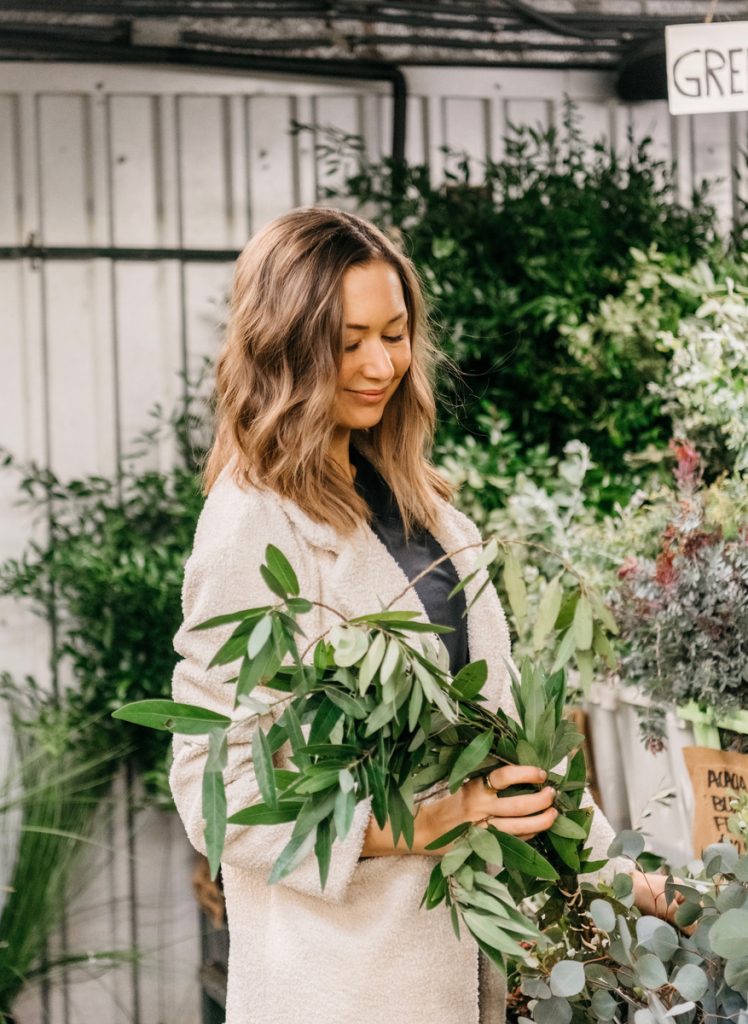
The Sophisticated Hybrid Trend: Philodendron Imperial Red
“Another trending pick due to its striking foliage and generally easy-going nature. Imperial Red starts out bright red before transitioning to deep burgundy followed by dark green as they mature.” — Erin Marino. Editorial Director at The Sill
Light Requirement: This burgundy beauty is happiest with medium or bright indirect light.
Watering Needs: Water this plant every one to two weeks, allowing the soil to completely dry out between waterings. Air on watering more in brighter light and warmer temperatures, and less during colder months.
Pro Plant Care Tips: Though it will grow upright beautifully on its own, adding a trellis or something similar may be helpful for a more mature Imperial Red.

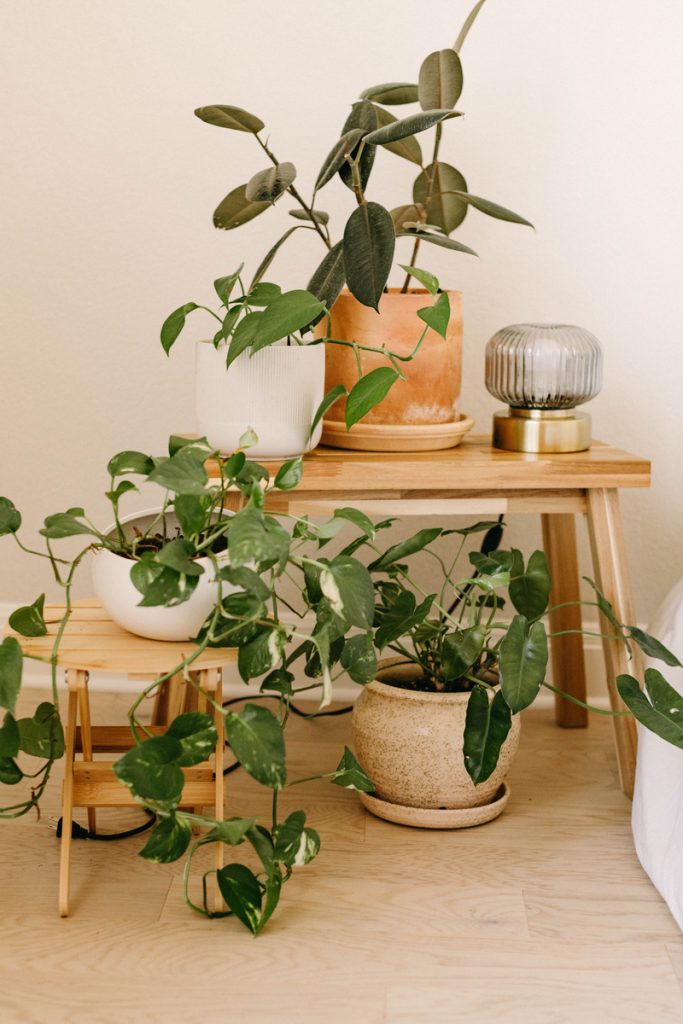
The Modern Office Plant Trend: Money Trees
“As remote work becomes standard for many Americans, we will see a shift toward making home office spaces not only functional, but also beautiful, comfortable, and conducive to wellness. Plants are an essential piece of that puzzle, lending measurable improvements to creativity and productivity. Choose easy-care plants that are adaptable to low light and that grow relatively slowly so that you aren’t distracted by a frequent need to tend to them.” — Bloomscape gardening expert, Lindsay Pangborn
Light Requirement: Though it naturally prefers indirect bright light, the money tree can adjust to lower light. Rotate it monthly to keep the growth even.
Watering Needs: When soil is 50% to 75% dry, water thoroughly until water drains through the pot.
Pro Plant Care Tips: Money trees like consistency, so try to pick a permanent spot for your plant.

